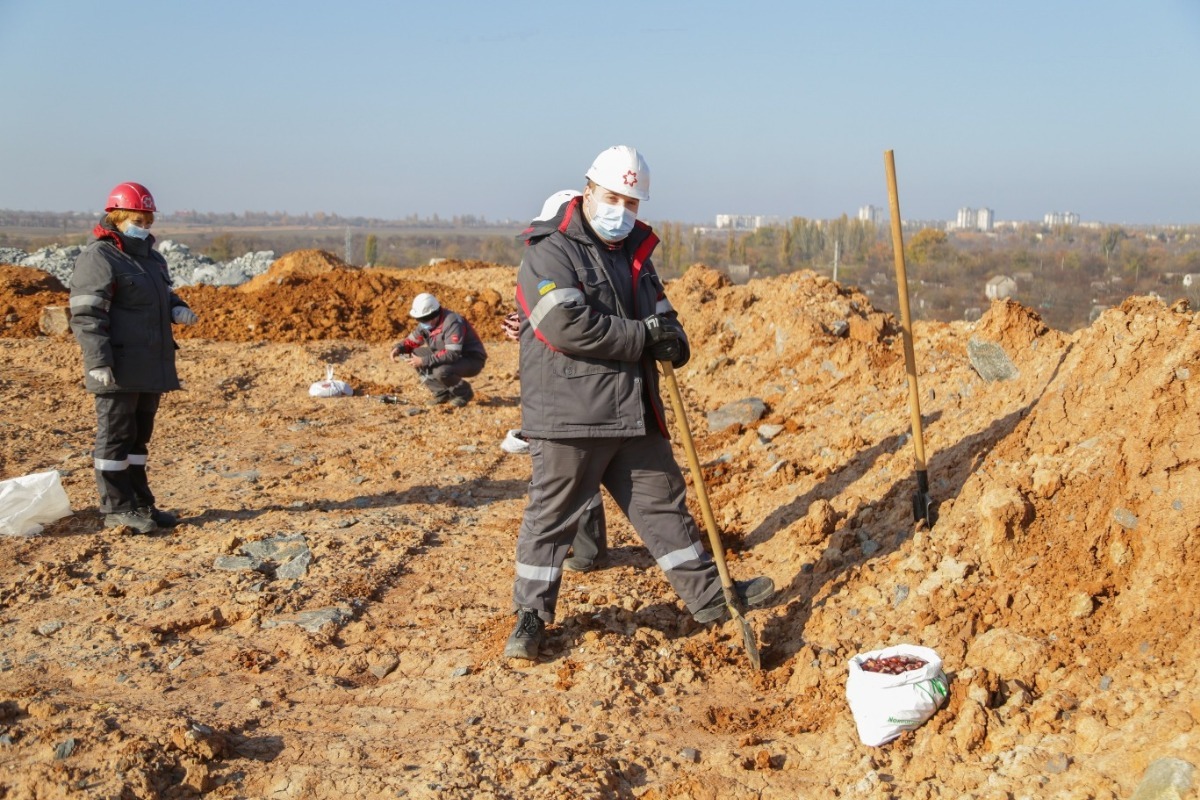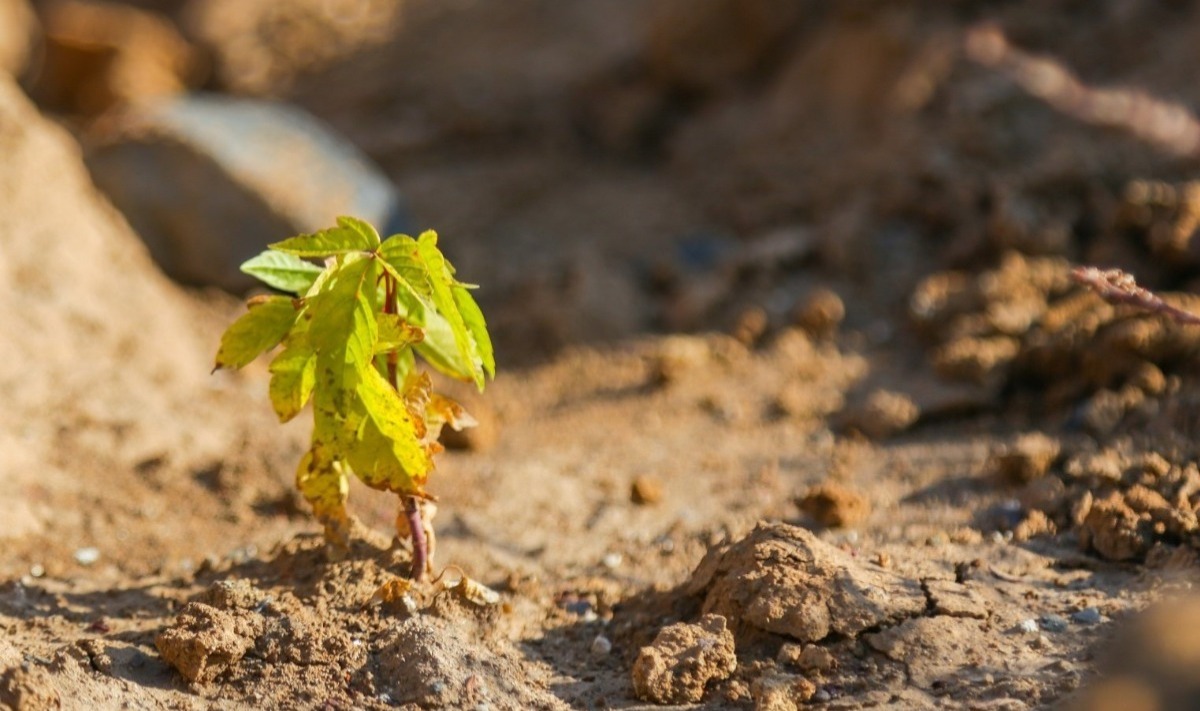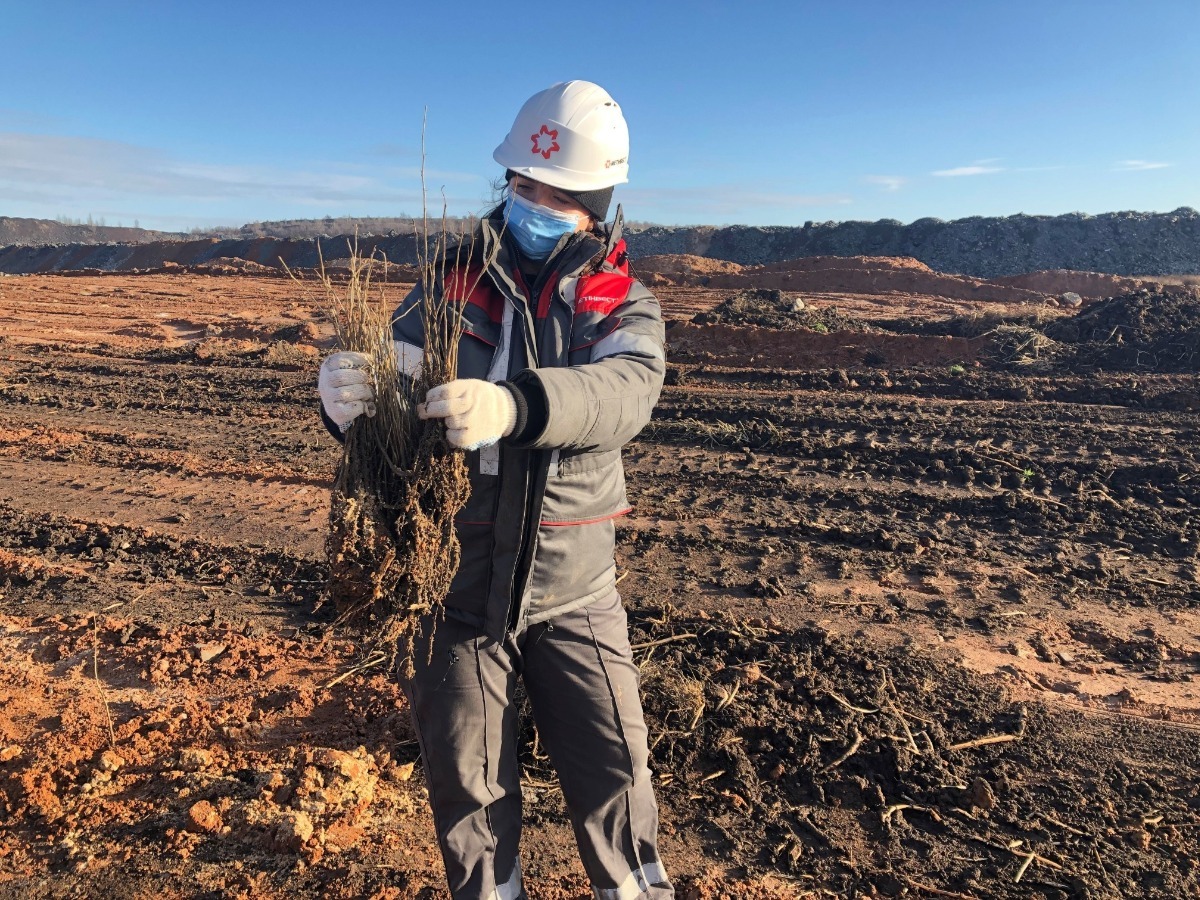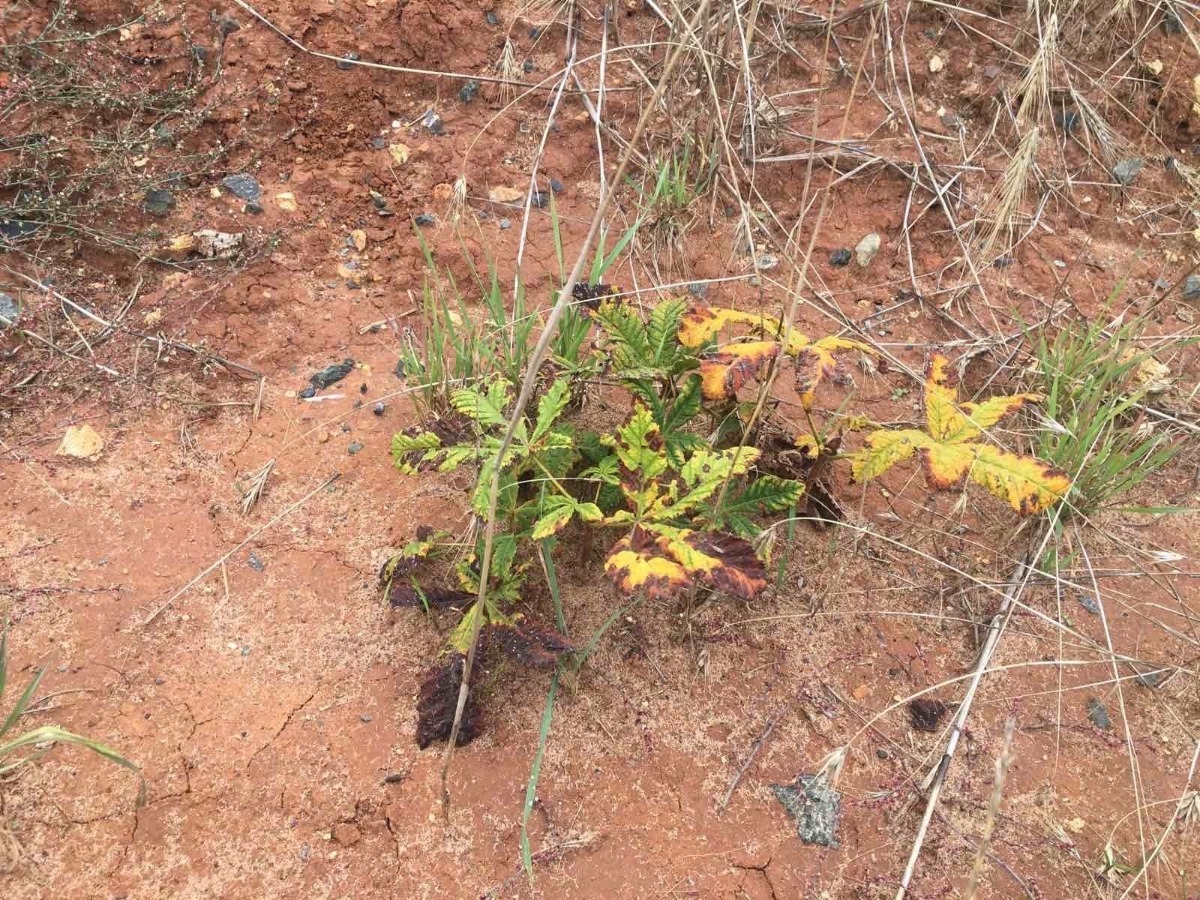A year ago, the specialists from the Environmental Protection Department of InGZK planted chestnut fruits on the dump. The pupils of Kryvyi Rih school No. 114 collected 50 kilograms of planting material. Currently, the ecologists say that most of the young trees have taken root.
For ecologists, biological reclamation is perhaps the most favourite step in the restoration of waste lands. If the process is organized competently and thoughtfully, a positive result will not keep you waiting long. For example, – dump No. 1 of Ingulets GZK, where a landscaping campaign was held last year. Then, on a planned area of one hectare, the employees of the enterprise applied a layer of loamy soil, planted ripe fruits of chestnut trees in it, and now they note almost one hundred percent of their rooting.
The chestnuts were planted in early November 2021, and by the first frosts, the fruits had the opportunity to absorb a sufficient amount of moisture and become resistant to low temperatures. The special feature of that environmental campaign was that the pupils of school No. 114 of the Ingulets residential area took an active part in it. It was they who collected four bags of chestnuts weighing 50 kilograms in the schoolyard and handed them over to the ecologists of Ingulets GZK.




“It's nice to see that the efforts of the children and employees of the enterprise are not in vain. Raising an ecological culture among the young generation and returning our lands to a natural look are the balanced goals that we strive to achieve,” said Yevgeniy Bokhonsky, head of the environmental protection department of InGZK.
It s worth reminding that last year, about 2.5 thousand seedlings of acacia and honey locust were planted on another site of dump No. 1, and along the sanitary protection zone near the dump, the number of young trees increased by 2 thousand. Also, with the support of Ingulets GZK, a walnut grove appeared near the village of Radevychevo of the Karpivska territorial community last year. An alley of fir trees was rejuvenated in the Ingulets residential area, and ash and walnut trees were planted in the Vizyrka nature reserve.










